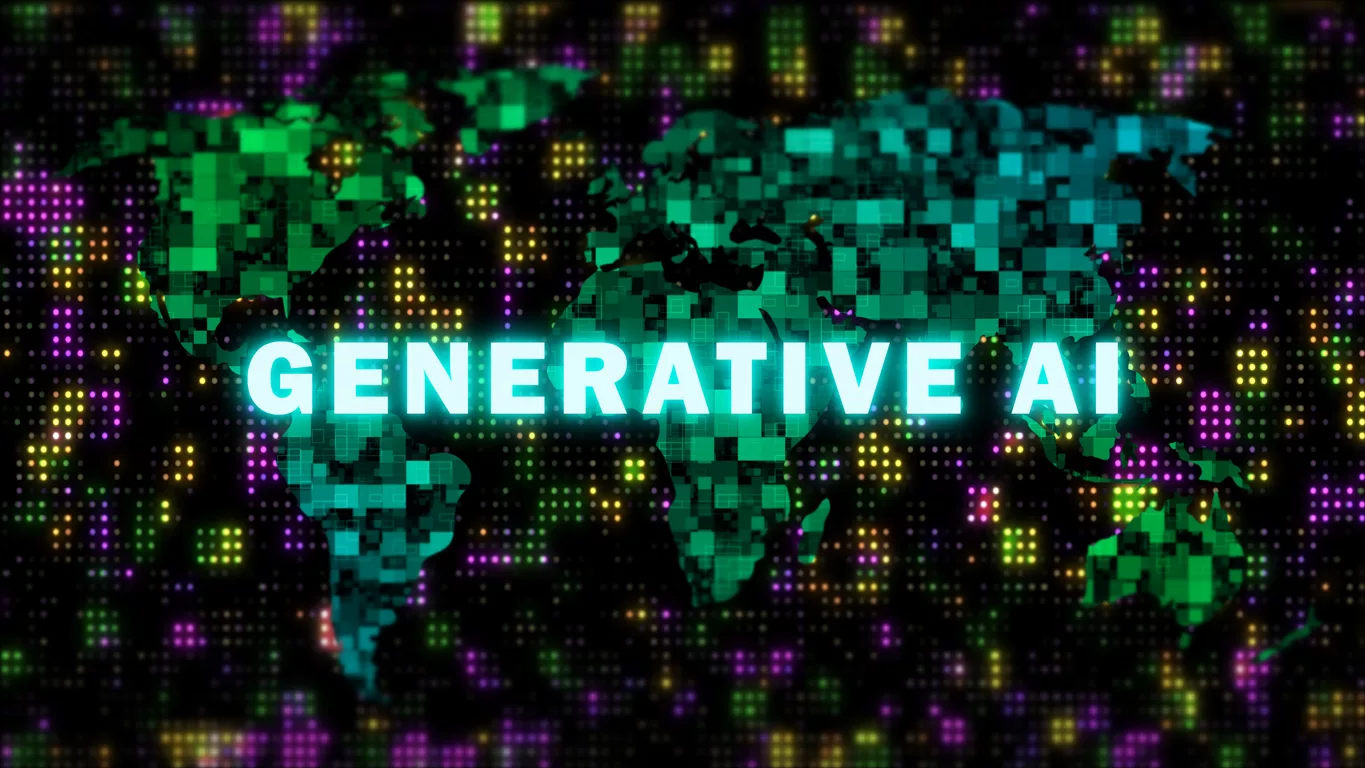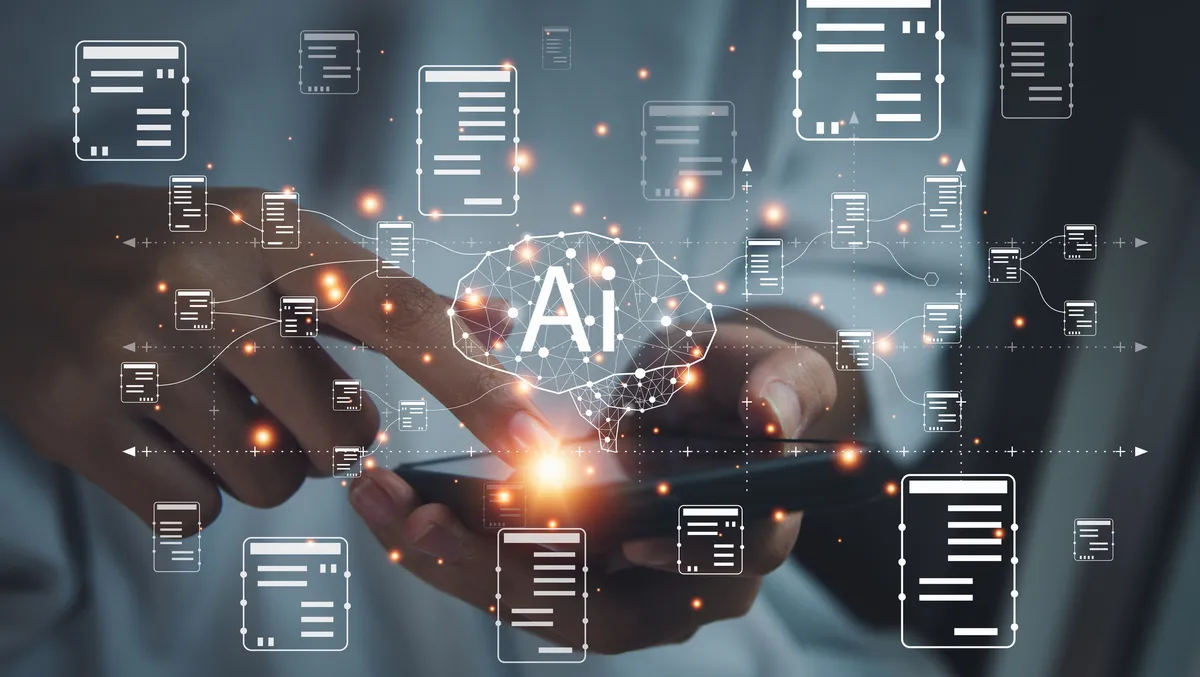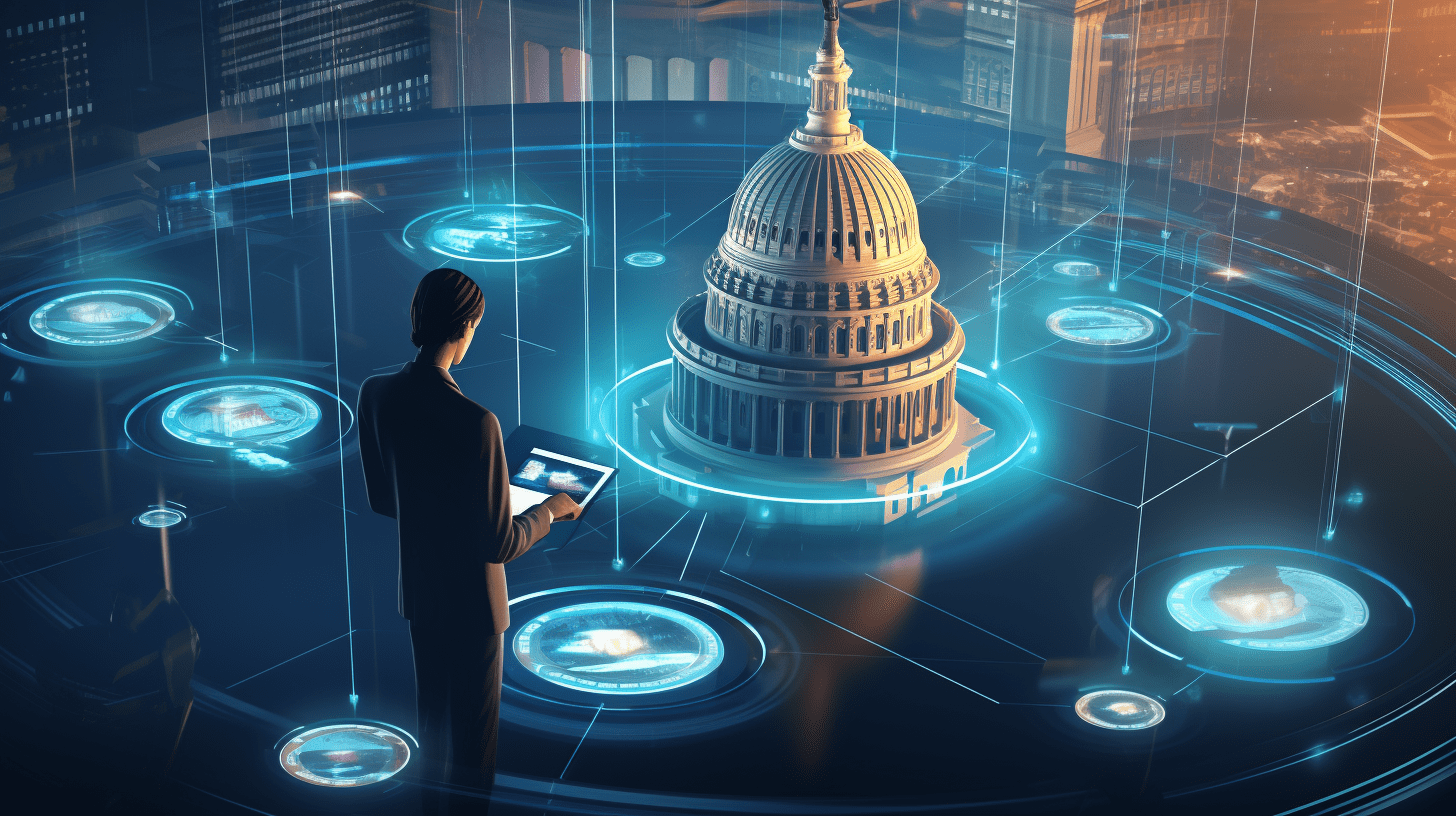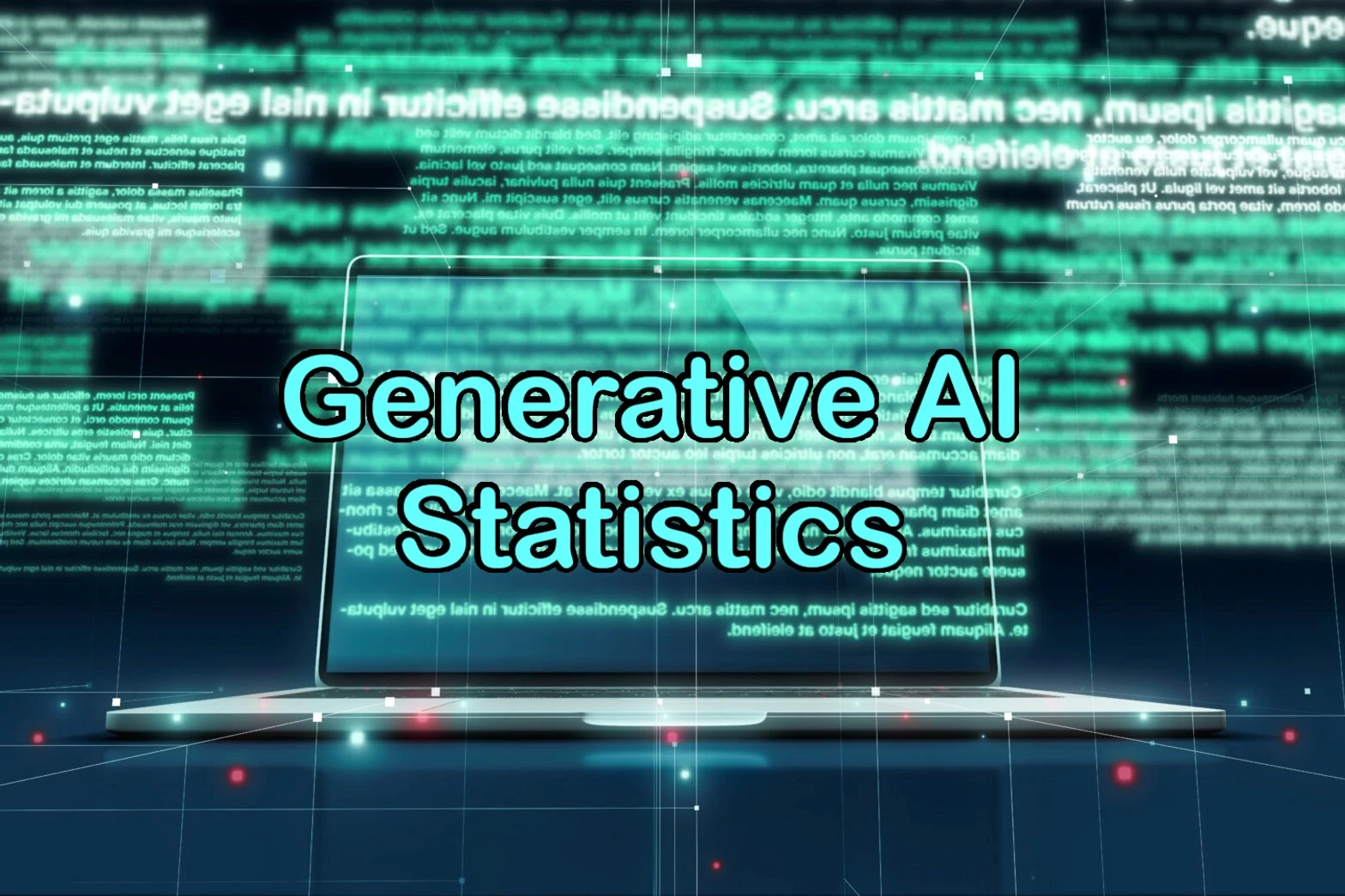In the rapidly evolving landscape of technology, the implementation of generative AI has become a top priority for organizations in the next 18 months. With this push for adoption comes the crucial need to consider the potential risks associated with the use of generative AI. It is imperative for companies to be mindful of the ethical implications and take necessary steps to reduce risks by ensuring responsible use of generative AI, keeping data fresh and well labeled, and having a human in the loop for testing and feedback.
This article will delve into the challenges and considerations that arise during the development and implementation stages of generative AI, and provide insights into how organizations can mitigate these risks. We will also discuss the importance of involving various teams, such as IT, cybersecurity, legal, risk management, and HR, in creating policies to ensure responsible and ethical use of generative AI.
Timing and Prioritization of Risk Assessment in AI Adoption

Identifying Key Stages for Risk Analysis
When considering the adoption of generative AI, it is crucial for organizations to identify key stages for risk analysis. This includes using zero or first-party data, ensuring data is fresh and well-labeled, having a human in the loop, testing and re-testing, and obtaining feedback. By carefully considering these key stages, organizations can minimize the ethical implications and reduce potential risks associated with generative AI adoption.
Strategic Planning Within the 18-Month Adoption Window
The data reveals that 67% of senior IT leaders are prioritizing generative AI for their business within the next 18 months, indicating a strategic planning within the adoption window. This emphasizes the urgency and importance of risk assessment and ethical considerations during the adoption process. Organizations need to prioritize responsible use of generative AI to ensure accuracy, safety, honesty, empowerment, and sustainability. Additionally, it is essential to build frameworks that address generative AI’s limitations and risks, such as model drift, hallucinations, and bias.
Potential Generative AI Risks
It is important for organizations to be aware of the three types of potential generative AI risks: functional, operational, and legal. By understanding these risks, organizations can develop effective risk mitigation policies and best practices. This includes the development of a well-defined machine learning operations lifecycle embedded in a broader governance framework involving IT, cybersecurity, legal, risk management, and HR leaders.
Generative AI Limitations and Risks
Organizations must also consider the significant and interlocked limitations of generative AI, such as scope, confabulation, scale, and longevity. These limitations pose potential operational and legal risks, including misdirection and waste of resources, unwanted disclosure of confidential intellectual property, and exposure to civil and criminal actions. To manage these risks, long-term awareness and regular revisitation of AI policy frameworks are essential, involving multiple departments in policy creation to ensure everyone is aware of potential problems and existing AI-related policies.
Ethical and Responsible Use of Generative AI

Establishing Ethical Guidelines for AI Utilization
Generative artificial intelligence (AI) has gained widespread adoption in businesses, but it comes with ethical risks that must be managed. To ensure responsible use, organizations need to prioritize accuracy, safety, honesty, empowerment, and sustainability in their AI systems. Research shows that 67% of senior IT leaders are prioritizing generative AI for their business within the next 18 months, with a third naming it as a top priority. This highlights the need for companies to establish ethical guidelines for AI utilization to ensure responsible and effective use.
Developing Ethical Guidelines
- Organizations should develop clear ethical guidelines for the use of generative AI, outlining principles of accuracy, safety, honesty, empowerment, and sustainability.
- The guidelines should be informed by industry best practices, legal and regulatory requirements, and input from diverse stakeholders.
- Regular review and revision of these guidelines should be conducted to ensure they remain relevant and effective in addressing ethical risks.
Incorporating Human Oversight in AI Systems
The potential of generative AI to transform various aspects of business has led to a prioritization of AI by senior IT leaders. This underscores the importance of incorporating human oversight in AI systems to ensure responsible and effective use.
Ensuring Human Oversight
- Organizations should establish mechanisms for human oversight in AI systems, involving individuals who can monitor, interpret, and intervene in AI-generated outputs.
- Human oversight can help identify and mitigate ethical risks, biases, and errors in AI-generated content, ensuring that it aligns with ethical guidelines and organizational values.
- This oversight should be integrated into the AI development lifecycle, with regular audits and reviews to maintain ethical standards.
In conclusion, the responsible use of generative AI is crucial for organizations as they navigate the potential ethical risks associated with its adoption. By prioritizing ethical considerations and human oversight, organizations can harness the transformative potential of generative AI while mitigating the associated ethical risks.
Data Management and Model Integrity

Ensuring the Freshness and Quality of Training Data
One of the key considerations when using generative AI is ensuring the freshness and quality of training data. This involves using zero or first-party data, keeping the data fresh and well-labeled, and ensuring human involvement in the process. By leveraging high-quality, relevant, and up-to-date data, organizations can mitigate the risks associated with generative AI, such as model drift, data poisoning, and biases. It is essential to continuously test and re-test the AI models to ensure that they are producing accurate and reliable outputs.
Monitoring for Model Drift and Inaccuracies
Model drift and inaccuracies are significant challenges when it comes to generative AI. To address this, organizations should develop a well-defined machine learning operations lifecycle. This involves monitoring the performance of AI models over time, detecting any deviations from the expected behavior, and taking corrective actions to maintain model integrity. Additionally, involving multiple departments in policy creation and conducting regular tabletop exercises to stress-test AI policies can help mitigate the risks associated with model drift and inaccuracies.
Understanding and Mitigating AI Limitations

Addressing AI Hallucinations and Bias
Generative AI tools have become increasingly popular in enterprise technology, but they come with significant limitations and risks. These limitations include scope and confabulation, with large language models (LLMs) being prone to hallucinations and the risk of biases embedded in the training inputs. To mitigate these risks, organizations need to prioritize responsible use of generative AI by ensuring accuracy, safety, honesty, empowerment, and sustainability. This involves using zero or first-party data, keeping data fresh and well-labeled, ensuring human oversight, testing and re-testing, and seeking feedback.
To address AI hallucinations and bias, businesses should invest in the development of best practices and ethical guidelines for the responsible use of AI. Collaborating with external AI and ethics experts can help evolve organizational policies and products to mitigate the ethical implications and risks associated with generative AI adoption.
Evaluating Functional and Operational AI Risks
Generative AI risks fall into three categories: functional, operational, and legal. Functional risks include model drift and data poisoning, while operational risks stem from following incorrect AI-generated advice and the potential disclosure of confidential intellectual property. Legal risks can arise from confabulation and biases in AI tools, potentially exposing organizations to civil and criminal actions.
Developing Comprehensive Risk Mitigation Policies
- Organizations need to develop and adhere to a well-defined machine learning operations lifecycle, embedded within a broader governance framework involving IT, cybersecurity, legal, risk management, and HR teams.
- Long-term awareness and regular revisiting of AI policy frameworks through tabletop exercises can help organizations stress-test their policies and ensure everyone is aware of potential problems and the existing AI-related policies.
By addressing these limitations and risks and implementing effective risk mitigation policies, organizations can better understand and mitigate the challenges associated with generative AI, as well as ensure the responsible and effective use of AI in their operations.
Cross-functional Team Involvement in AI Policy Creation

Role of IT and Cybersecurity in AI Risk Management
The role of IT and cybersecurity in AI risk management is crucial to ensure the responsible and ethical use of generative AI. IT and cybersecurity teams play a key role in identifying and mitigating potential risks associated with the adoption of generative AI. This involves implementing a well-defined machine learning operations lifecycle embedded in a broader governance framework. It also requires continuous testing, feedback, and the presence of a human in the loop to ensure the accuracy, safety, honesty, empowerment, and sustainability of generative AI.
Key Considerations for IT and Cybersecurity in AI Risk Management:
- Developing a comprehensive governance framework for generative AI
- Identifying and addressing potential risks such as model drift, data poisoning, and misdirection
- Regular revisiting of AI policy frameworks and conducting tabletop exercises to stress-test policies
- Collaborating with legal, risk management, and HR teams to create effective risk mitigation policies
Legal, HR, and Risk Management Collaboration
Collaboration between legal, HR, and risk management teams is essential for addressing the ethical implications and reducing risks associated with generative AI adoption. This collaboration involves developing frameworks to address the limitations and risks of generative AI tools, such as scope, confabulation, and legal exposure. Legal, HR, and risk management teams work together to create policies that mitigate risks and ensure compliance with ethical standards.
Collaborative Initiatives for Risk Mitigation:
- Developing AI policy frameworks that address functional, operational, and legal risks
- Implementing best practices for responsible and ethical use of generative AI
- Conducting regular awareness programs and training sessions for employees
- Establishing a feedback mechanism to continuously improve AI policy frameworks
In conclusion, cross-functional team involvement in AI policy creation is essential for addressing the risks and limitations associated with generative AI. By collaborating across different functions, organizations can develop comprehensive frameworks and policies that ensure the responsible and ethical use of generative AI while mitigating potential risks.
Regular Review and Update of AI Policy Framework

The fast-paced advancements in generative AI technology necessitate a proactive approach to regularly reviewing and updating AI policy frameworks. Organizations must stay ahead of the evolving capabilities of AI to ensure responsible and ethical use.
Adapting Policies to Evolving AI Capabilities
As organizations increasingly prioritize the implementation of generative AI, it is crucial for policy frameworks to adapt to the evolving capabilities of this technology. This adaptation involves incorporating the latest industry standards, best practices, and regulatory requirements to mitigate potential risks.
Ensuring Continuous Awareness and Risk Mitigation
Continuous awareness and risk mitigation are essential components of effective AI policy frameworks. Organizations must prioritize ongoing education, training, and the establishment of clear protocols to address potential ethical, legal, and operational risks associated with generative AI.
conclusion
In conclusion, the best time to consider the risks of using generative AI is at every stage of its adoption and implementation. From identifying key stages for risk analysis to establishing ethical guidelines for AI utilization, ensuring the freshness and quality of training data, addressing AI hallucinations and bias, and involving cross-functional teams in AI policy creation, organizations must prioritize the ethical and responsible use of generative AI.
Regular review and update of AI policy frameworks, as well as the role of IT and cybersecurity in AI risk management, are essential for mitigating potential risks and ensuring the effective and responsible use of generative AI. By taking a proactive approach to understanding and mitigating the limitations and risks associated with generative AI, organizations can harness its potential while upholding ethical standards and minimizing potential negative impacts.










